روتاری انکودر ROTARY ENCODER
۳۲,۰۰۰ تومان
موجود در انبار
This rotary encoder is high quality, with detents(steps feel) and a nice continous rotation.
It is panel mountable for placement in a box, or you can plug it into a breadboard (just cut/bend the two mechanical side tabs.).
This encoder also has a push-button built into it so you can press onto the knob to close a separate switch.
One side has a 3 pin connector (ground and two coding pins) and the other side has two pins for a normally-open switch.
Rotary encoders are useful as rotation sensors or selectors and look similar to potentiometers.
However they are not like potentiometers at all, so it’s important to realize the difference!
Each segment has a click-y feeling to it, and each movement clockwise or counter-clockwise causes the two switches to open and close.
There is no way to know what the current ‘position’ is – instead you would use a microcontroller to count how many ‘clicks’ left or right it has been turned.
If you need to detect rotational ‘position’ a potentiometer would be a better choice.
Rotary encoders are widely used in volume controls.
This rotary encoder can rotate and does not have, like almost all potentiometers, a start and end position.
Specification
* Material: Metal
* Rated Voltage: DC 5V
* Maximum oparating current (resistive load):
– 0.5mA (Max 5mA;Min 0.5mA) for each lead
– 1mA (Max 10mA;Min 0.5mA) for common lead.
Package Content
1 x Rotary Encoder with Switch (handle long 15mm – Total length 20mm)
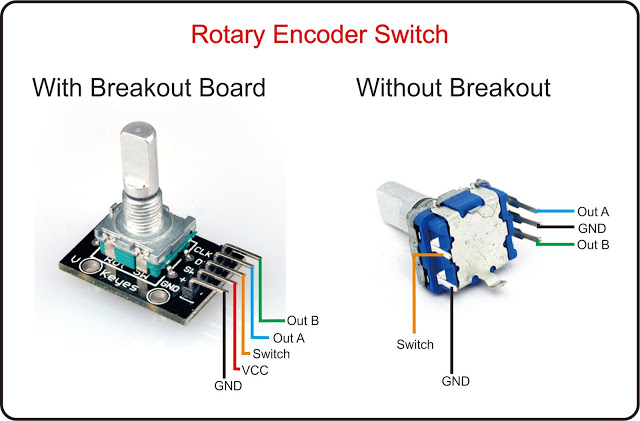
Applications of Rotary Encoders
An encoder can be used in applications requiring feedback of position, velocity, distance, etc.
The examples listed below illustrate the vast capabilities and implementations of an encoder:
Assembly Machines
Packaging
X and Y Indication Systems
Printers
Testing Machines
CNC Machines
Robotics
Labeling Machines
Medical Equipment
Textiles
Drilling Machines
Motor Feedback
Advantages & Disadvantages of Rotary Encoders
Advantages of an Encoder
1. Highly reliable and accurate
2. Low-cost feedback
3. High resolution
4. Integrated electronics
5. Fuses optical and digital technology
6. Can be incorporated into existing applications
7. Compact size
Disadvantages of an Encoder
1. Subject to magnetic or radio interference (Magnetic Encoders)
2. Direct light source interference (Optical Encoders)
3. Susceptible to dirt, oil and dust contaminates
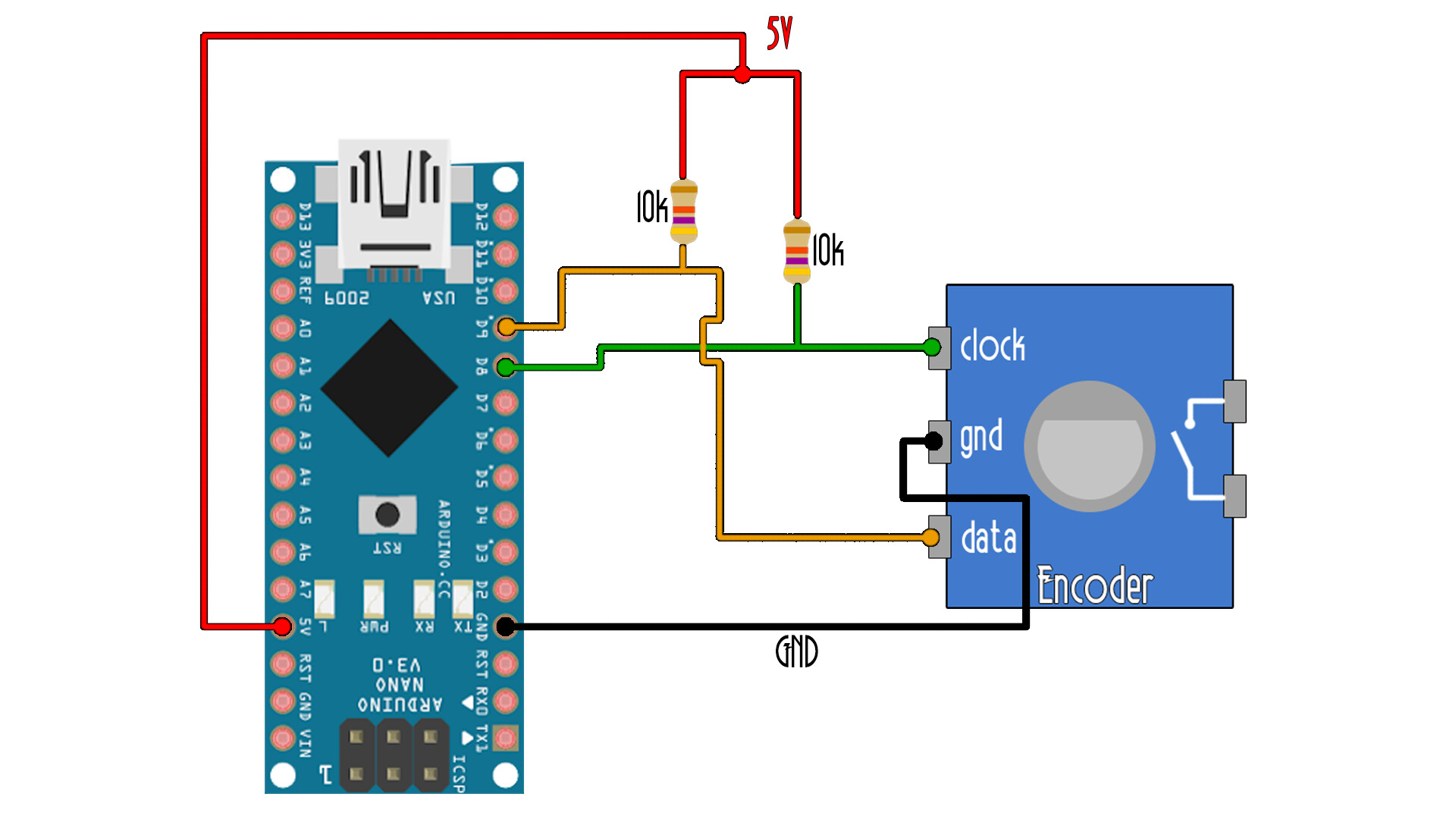


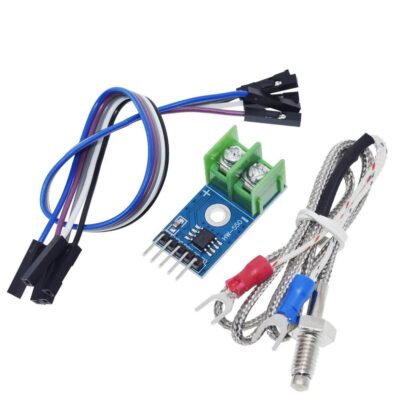
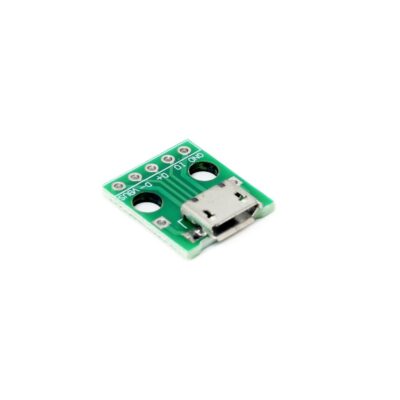
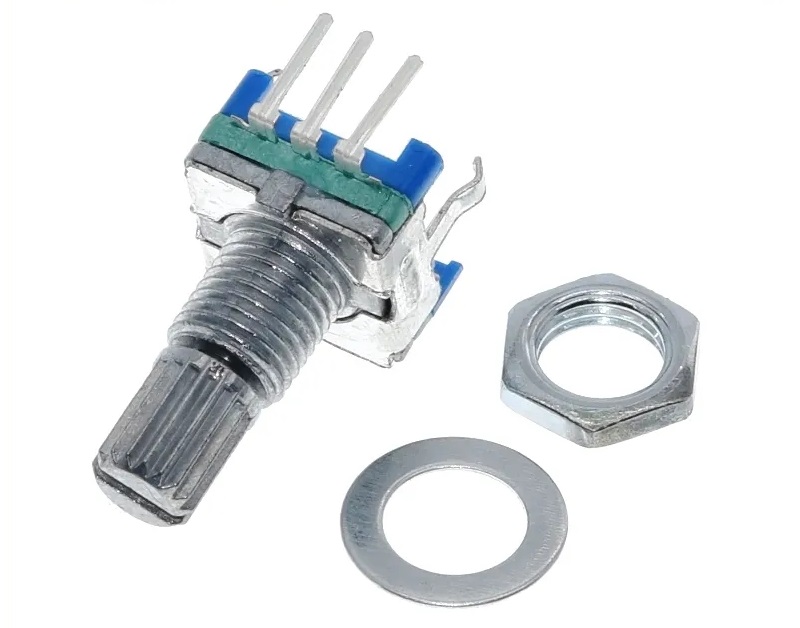
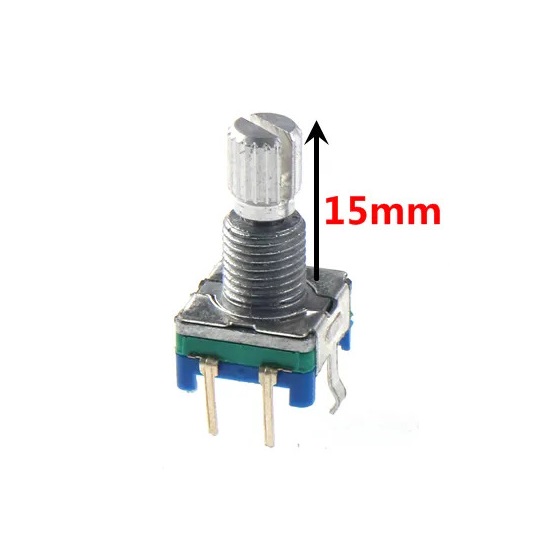

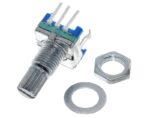




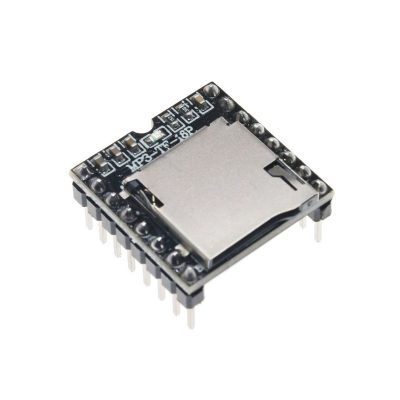
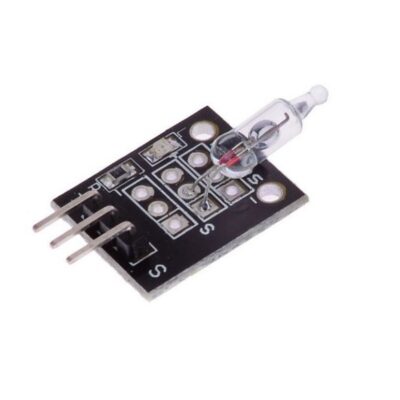
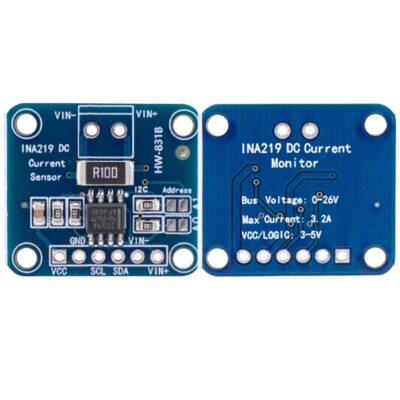
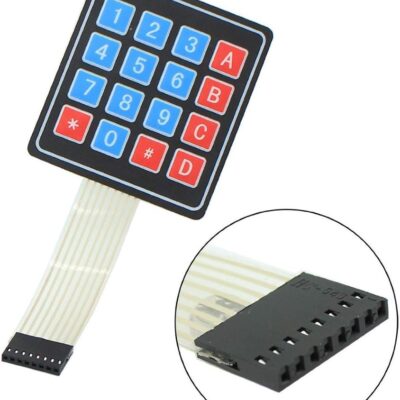

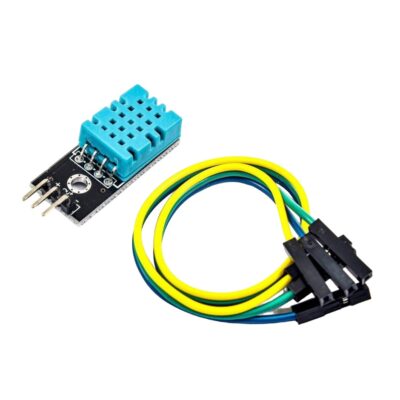

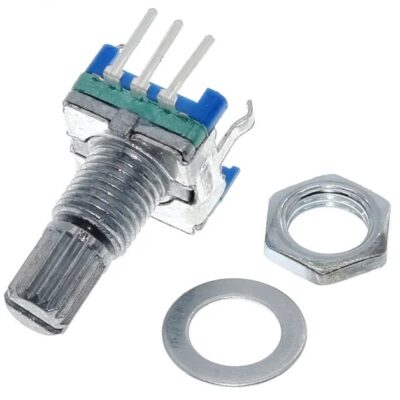
دیدگاهها
هیچ دیدگاهی برای این محصول نوشته نشده است.